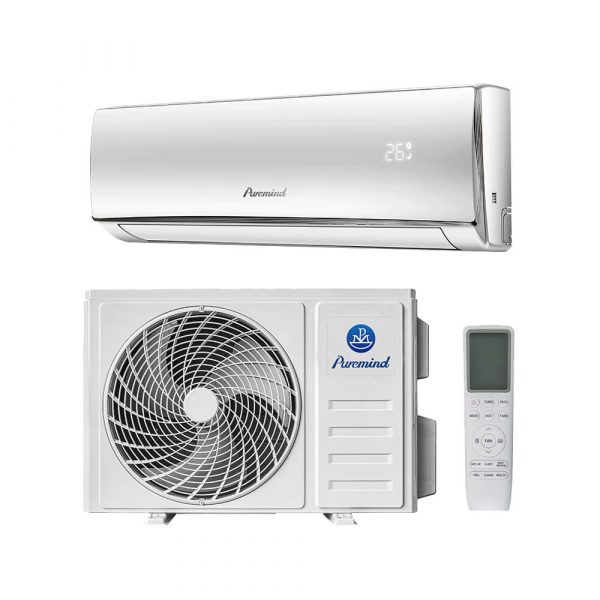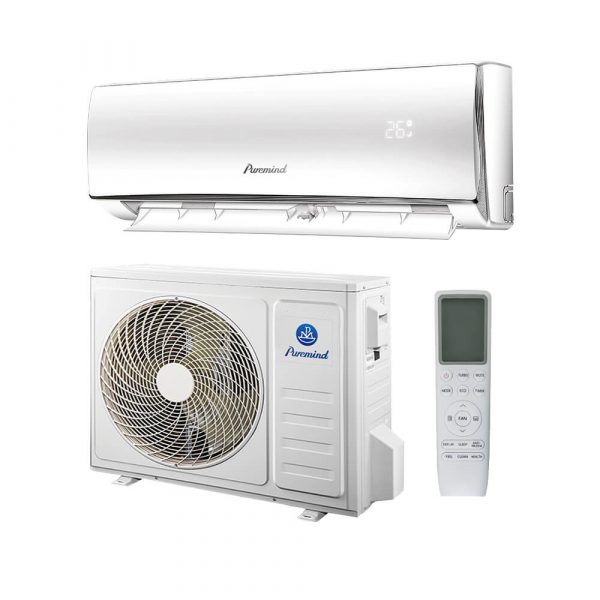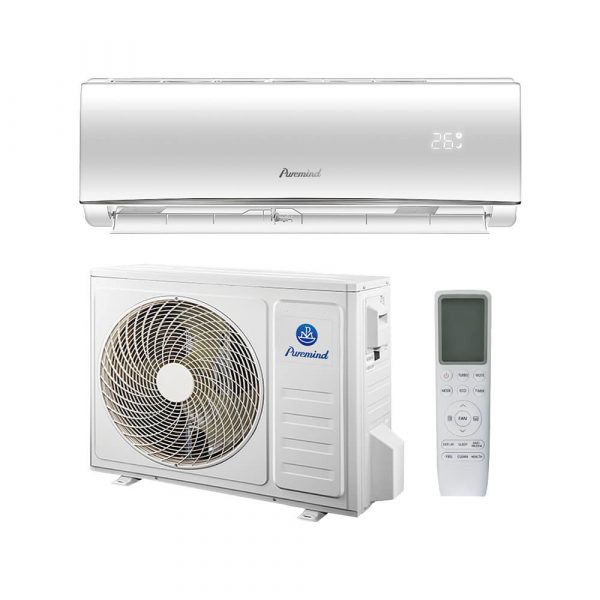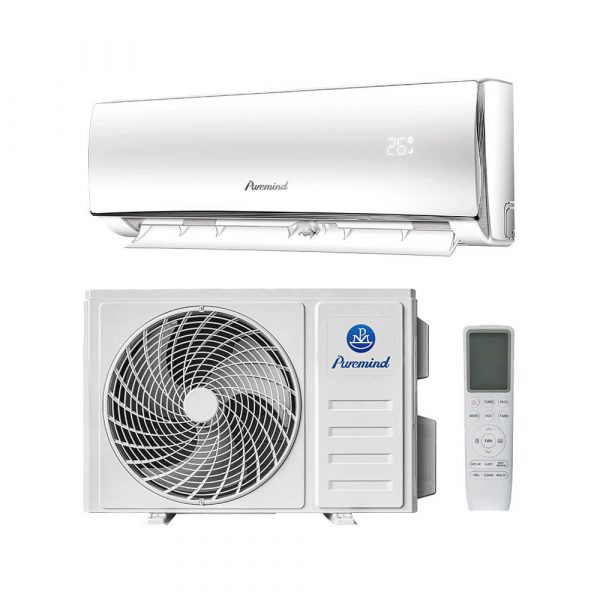AC Unit Split Systems: Complete Guide to Efficient Cooling and Heating
For homeowners and business owners seeking a versatile and energy-efficient climate control solution, an ac unit split system offers the perfect balance between performance, flexibility, and cost-effectiveness. This guide covers everything you need to know about split air conditioning systems, including how they work, their benefits, installation considerations, and maintenance tips.
What is an AC Unit Split System?
An ac unit split system is an air conditioning setup that separates the indoor and outdoor components. The indoor unit handles air distribution, while the outdoor unit houses the compressor and condenser. This design allows for quieter operation and greater installation flexibility.
Key Components
- Indoor Air Handler: Distributes cool or warm air into the space.
- Outdoor Condenser: Removes heat from the refrigerant.
- Refrigerant Lines: Connect indoor and outdoor units.
- Thermostat or Remote Control: Adjusts temperature and mode settings.
Types of AC Unit Split Systems
There are different types of ac unit split systems, each suited to specific applications:
- Single-Zone Split: Cools or heats one room or space.
- Multi-Zone Split: Serves multiple rooms with one outdoor unit.
- Ducted Split: Distributes air through ductwork for a centralized feel.
- Ductless Mini-Split: Ideal for homes without ducts or for room additions.
Advantages of AC Unit Split Systems
- Energy Efficiency: High SEER ratings reduce energy bills.
- Quiet Operation: Indoor noise levels are minimal.
- Flexibility: Multiple indoor units can be connected to one outdoor unit.
- Easy Installation: Especially for ductless systems, installation is straightforward.
How an AC Unit Split System Works
The indoor unit absorbs heat from the room air, passing it to the refrigerant, which is then pumped to the outdoor unit. The outdoor unit releases the heat outside, and cooled refrigerant returns indoors to repeat the cycle. In reverse cycle models, the process can be reversed for heating.
Choosing the Right AC Unit Split System
When selecting an ac unit split for your home or business, consider the following:
- Cooling Capacity: Measured in BTUs, ensure it matches your space size.
- Energy Efficiency: Look for high SEER or EER ratings.
- Number of Zones: Decide between single-zone or multi-zone systems.
- Budget: Balance initial investment with long-term savings.
Installation Considerations
Proper installation ensures maximum efficiency and longevity of your ac unit split system.
1. Indoor Unit Placement
Mount the unit high on a wall for optimal air distribution and keep it away from heat sources.
2. Outdoor Unit Location
Place the outdoor unit in a shaded, well-ventilated area to enhance efficiency.
3. Professional Installation
Hire a certified HVAC technician to ensure proper refrigerant handling and system setup. For quality split AC options, visit our split air conditioner collection.
Step-by-Step Installation Overview
- Mount indoor unit bracket securely.
- Drill a wall hole for refrigerant and wiring.
- Install outdoor condenser on a level base.
- Connect refrigerant lines, drain hose, and wiring.
- Vacuum lines to remove air and moisture.
- Charge system with refrigerant and test operation.
Maintenance Tips
Regular maintenance keeps your ac unit split running efficiently and extends its lifespan:
- Clean filters every 4–6 weeks.
- Inspect outdoor unit for debris.
- Check refrigerant levels annually.
- Schedule professional tune-ups twice a year.
Energy Efficiency Tips
- Use programmable thermostats to reduce cooling costs.
- Seal air leaks around doors and windows.
- Pair your system with ceiling fans for better circulation.
Common Mistakes to Avoid
- Undersizing or oversizing the system.
- Improper indoor unit placement.
- Skipping the vacuum process during installation.
Cost Considerations
The cost of an ac unit split includes equipment, labor, and installation materials. Although initial costs may be higher than window ACs, the long-term energy savings make them a smart investment.
Emerging Features
- Wi-Fi Control: Manage temperature remotely via smartphone.
- Inverter Technology: Adjusts compressor speed for consistent cooling.
- Multi-Zone Capability: Climate control for different areas.
Case Study: Business Upgrade
A small retail store replaced two window units with a ductless ac unit split, reducing energy costs by 35% and improving customer comfort.
Conclusion
Whether for residential or commercial use, an ac unit split system offers energy efficiency, quiet operation, and installation flexibility. Choose the right size, have it professionally installed, and maintain it regularly for years of reliable comfort. Explore our split air conditioner range for top-performing models today.







